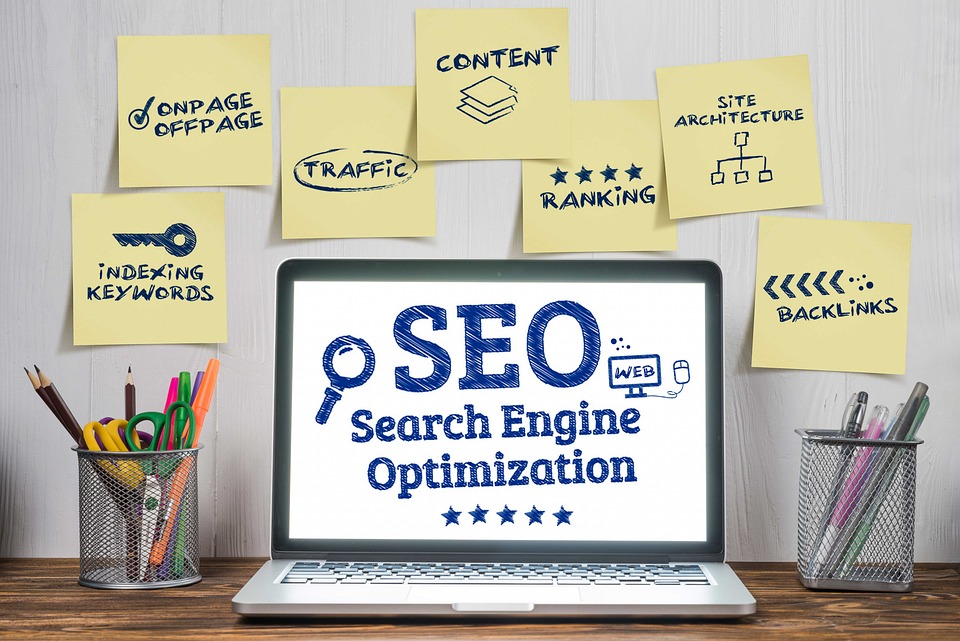5 User Engagements Stats to Closely Monitor
The last time, I talked about user engagements and its importance on SEO. Now, I will focus on the user engagements to monitor. I will be providing a list of important metrics to take note of.
The things mentioned below will tell you how well people are interacting with the content you publish. There are no definitive set of values for each metric. What matters most is that you have a rough estimate on how users are spending time on your website. Most importantly, you can now track whether the numbers are increasing or decreasing.
Pageviews
- Number 1 is, of course, page views. You can monitor this on your Google Analytics accounts, and go to the Audience section. Once you are there, go to the Overview page and then you will see the “total pageviews” your website has gained during a particular time.
- This number indicates the multiple views and not the unique views. Look out for any changes in the page views. Over time, is it going up or down?
Most-clicked content
- What post gets the most clicks? Are there noticeable changes once you publish a new content? To check this data, all you need to do is go to “Under Behavior”, next choose “Site Content”, and then, “All Pages”.
- In there, you will see what pages or posts are interesting for your users. It’s always recommended to check the data every week to see the increase of page clicks. Just because some pages are not gaining clicks, it does not mean you have to drop it.
- Of course, for it to be visible to many readers, social media promotion helps. Another tactic to get more clicks is to share already popular post. From time to time, share old yet still relevant articles. For sure, these posts can still attract new clicks.
Related: Different Ways to Promote Your Website
The old and the new web visitors.
- Visit your Google Analytics account. Then, go to “Audience” and finally, “Overview”. In there, you can see a direct comparison between your new web visitors vs. the usual visitors. Surely, you will be delighted if the graph indicates can increase of new visitors.
- It always is a pleasant thing to see that new people are visiting the site. Eventually, who knows they will become regular customers, right? However, do know that there should be a balance between the new vs. old.
- The new visitors will take their sweet time on exploring what you have to offer them. Meanwhile, the regular visitors are “engaged” ones. You have proven their participation on your site. After all, they have been visiting for the nth time already. They have probably tried your products and services already.
Bounce Rate
- Like the type of visitor, you can find the bounce rate under “Audience” and then “Overview”. The ideal bounce rate actually depends on your goals.
- Any changes in the bounce rate will tell you that your users are not that interested with your content. They immediate drop it and click on the close button.
Related: How to Lower Your Website’s Bounce Rate
Time Spent on Your Website
- Lastly, another good basis for user engagement is the time a user spends on your site. This is also called the “average session duration”. Again, the idea numbers depend on what you want to happen. However, check the following:
- If you write longer blog posts, do the users stay longer?
- Or do they immediately leave because they despise lengthy and boring reads?












